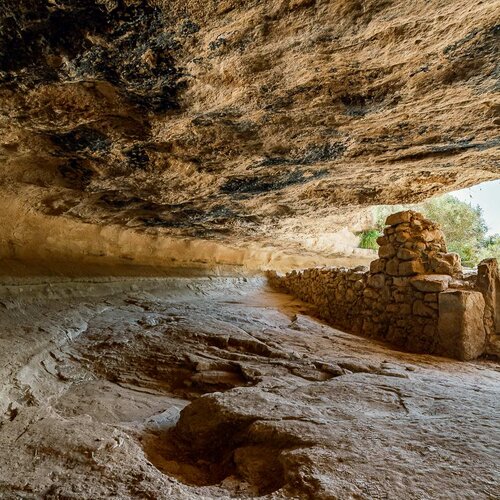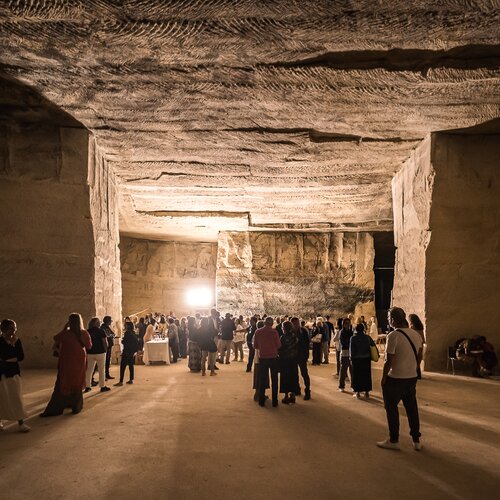The underground burial chambers of Ragusa
Take a trip back into ancient history to discover how the early Christian communities buried their dead in catacombs dug deep into the natural caves that are a feature of the Ragusa region.
This tour takes in the Trabacche caves, the Cisternazzi hypogeum and the Cava Celone catacombs, with many notable features including canopies of state, long aisles, graves, low arches, and roughly hewn columns.
Grotta delle Trabacche
These caves in a valley south-west of Ragusa are the most famous of the underground burial chambers around Ragusa
However, records of its existence go back to the late 18th century. The structure of the burial chambers featuring tombs with canopies of state is very similar to the nearby Cisternazzi chambers, meaning it can be dated to the mid-4th century AD.
Ipogeo di Cisternazzi:
The area on the south-western outskirts of Ragusa is dotted with evidence of burial chambers and open-air tombs dating roughly from the 4th to the 6th centuries, evidence of the network of rural farms and clusters of huts dotted across the landscape around Ragusa in the late Antiquity period, following the main communication routes and closely related to the ‘stationes’ and ‘mansiones’, places offering somewhere to stay and refreshment.
Cava Celone Catacombs:
One of the many caves that are typical of the hills around Ragusa. They are home to the only remaining example of what could be called a “catacomb” in the area.
Thanks to the Archeotur project, visitors can use a metal walkway to explore more of the site. Right next to it is a second hypogeum, marked with a letter “B”, and a short distance away is a third one, “C”, whilst there are also several other smaller ones dug into the rock faces.
Very few finds were unearthed during archaeological digs and cleaning works, although some crucial fragments of terracotta lamps were found which could be roughly dated to between the 4th and 5th centuries AD.

